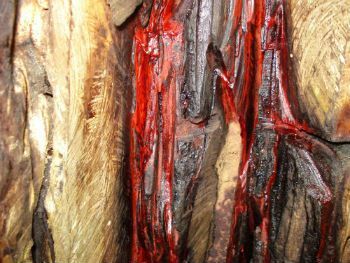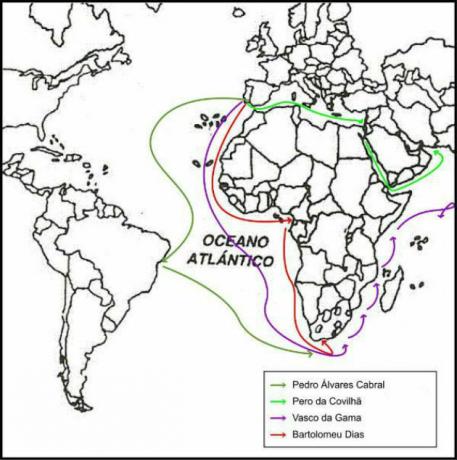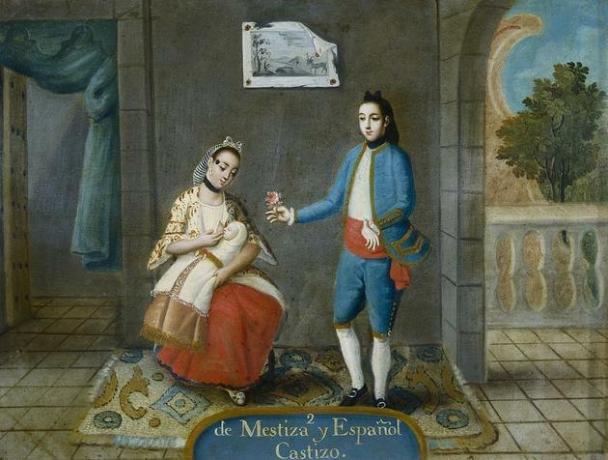O Brazilwood cycle occurred during the pre-colonial phase (1500-1530) of Brazil. It was the first product to be explored by the Portuguese during the colonization period.
Brazilwood is a native tree of the Atlantic Forest that was already used by the Indians to dye fabrics. So, when the Portuguese noticed its use, they began to explore pau-brasil and send it to Europe, where it was already highly appreciated, as the Arabs already market a dyeing plant that came from the India.
 Brazilwood
Brazilwood
Redwood ink is red and was found mainly in coastal regions, which facilitated its exploration even more. Since the beginning of the 16th century, the Portuguese Crown received high values for the exploration of pau-brasil.
Three expeditions were needed to extract the brazilwood: first expedition (1502), second expedition (1503) and third expedition (1504).
However, during years of exploration, pau-brasil arrived in the process of extinction. This hampered the economy of the metropolis, which quickly developed other ways of getting rich, for example, with the production of sugar cane, which was already cultivated in Portuguese colonies.
To this end, at the beginning of the 16th century, the Portuguese used the exchange process with the Indians to obtain brazilwood.
Later, they started to enslave the Indians, forcing them to cut down the trees, as African slaves were very expensive.
This imposition was very difficult for the Portuguese, as the Indians fled and got to know the territory better. In addition, they contracted various diseases from the white man, which led to the death of thousands of indigenous people.
It was in 1570 that indigenous slavery was prohibited for the first time, however, it remained until the end of the 18th century. Gradually, the Indians were replaced by African slaves.
Although most of the exploitation of wood was carried out in the first decade, it remained until the following century, when it lost its importance in the consumer market. That's because transport was expensive and another product was starting to be sold: sugar.
Want to know more about the topic? Also read the articles:
- Brazil Colony
- Pre-Colonial Period
- slavery in Brazil
- Recôncavo Baiano
- Indigenous Slavery in Colonial Brazil
Fun Facts: Did you know?
Currently, pau-brasil is used by various musical groups in the making of instruments. The wood has an ideal density that provides a perfection in the timbre of the instruments made by it, especially violins and cellos.
Also learn about other economic cycles in Brazil:
- Economic Cycles in Brazil
- Sugarcane Cycle
- Gold Cycle
- Cotton Cycle in Brazil
- Coffee Cycle
- Rubber Cycle
- colonial Brazil exercises


